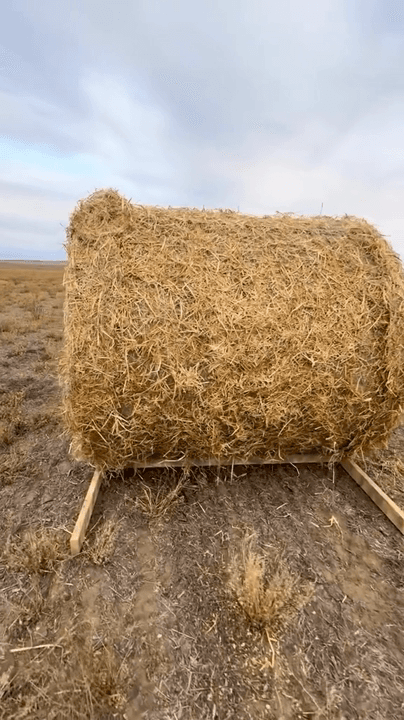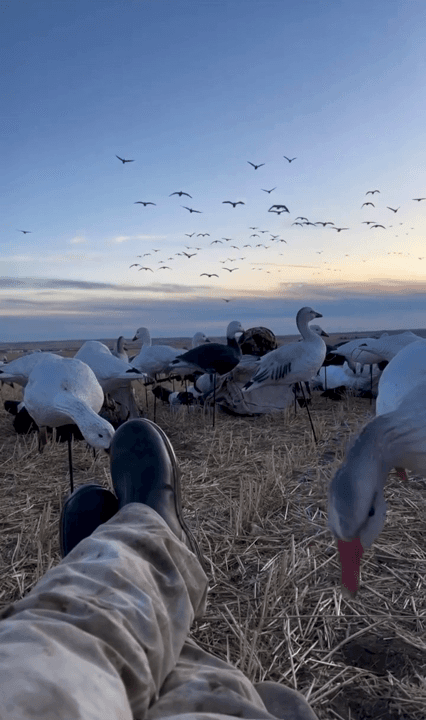
Chief Ranger Sam Woodring stands outside a deer antler house in Yellowstone National Park, USA, 1928. Sam T. Woodring is known to history as the first superintendent at Grand Teton National Park, a chief ranger at Yellowstone National Park and as a U.S. Army veteran. He assisted presidents and helped build Grand Teton’s trail system; a peak in the park is named in his honor. Mount Woodring (11,595 feet (3,534 m)) is located in the Teton Range, Grand Teton National Park, Wyoming. The mountain is immediately west of Leigh Lake and is sandwiched between Paintbrush Canyon to the south and Leigh Canyon to the north. The best access to the summit is from Paintbrush Divide along the Paintbrush Canyon Trail. Mount Woodring bears the name of Grand Teton National Park’s first superintendent Woodring. Over his 13 years in the military, Sam T. Woodring primarily served as a packer, with his service taking him to Cuba, the Philippines and Mexico. Woodring later helped the Army administer Yellowstone National Park and after the National Park Service took over, he joined the agency in 1920. His government service brought him into contact with powerful people. Woodring assisted Theodore Roosevelt with a wolf and coyote hunt in Oklahoma in 1904, and the president “was but one of many notables with whom Woodring became fast friends while out on the trail in the wilds,” then-Park Service Director Horace Albright and Frank Taylor wrote in their 1929 book “Oh, Ranger.” While serving in Yellowstone, Woodring also met presidents Warren G. Harding and Calvin Coolidge, and he fished with the crown prince of Sweden. «One day the Crown Prince went fishing with Chief Ranger Sam Woodring at Peale Island in Yellowstone Lake. After a good day, in which the Prince caught his limit, the party made ready to leave. Observing the rangers cutting wood near the cabin used as a headquarters for fishing parties, the Prince inquired the purpose of the wood. He was told that it was the practice in the mountains never to leave a cabin without wood, and that those in the cabin were supposed to replenish the supply for the next occupants, who might possibly arrive in the night or in distress. "All right," he said, "since I have enjoyed the hospitality of the cabin I will insist upon cutting my share of the wood." Which he did.» These are the lines from the book mentioning Sam T. Woodring. Albright described Woodring as “a remarkable ranger” whose life “has been a round of adventure.”
Post: 13 January 00:15















































